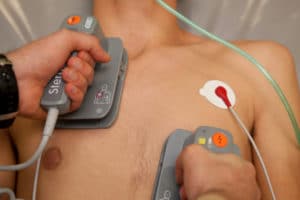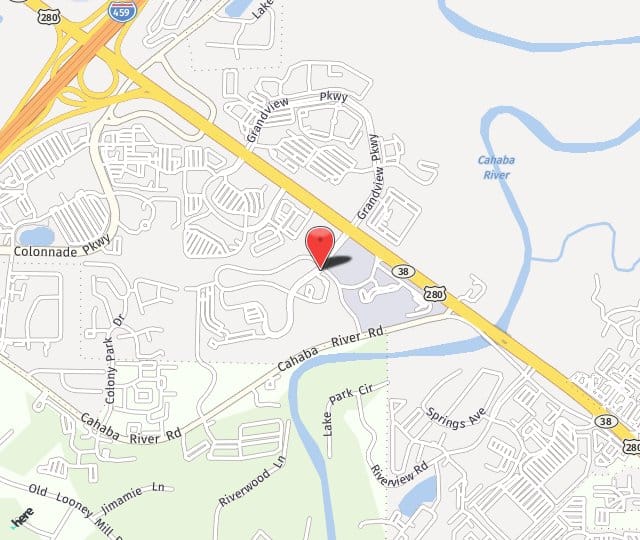
What conditions lead to cardioversion?
Cardioversion is performed when your heart is beating ineffectively. It’s usually scheduled in advance, not performed in emergency situations. As mentioned above, if a heart is beating too fast or too irregularly, cardioversion may be necessary. These types of problems occur when the electrical signals that normally make your heartbeat at a regular rate don’t travel properly through the upper chambers of your heart.
Is cardioversion the same as defibrillation?
They may seem similar, delivering electric shocks through your chest into your heart, but they are different. Defibrillation delivers more powerful electrical shocks to your heart, usually to restart a heart that has stopped beating.
How is cardioversion done?
For cardioversion, you will first be given IV medication so that you sleep through the procedure. Otherwise, the shocks could cause pain. If necessary, Dr. Macy may also use the IV line to deliver additional medications that can also help restore your heart rhythm.
After you’re sedated, several large patches are placed on your chest. These patches are connected by wires to a cardioversion machine (cardioverter/defibrillator/pacemaker).
The defibrillator records your heart’s rhythm throughout the procedure and then delivers shocks to your heart at the correct moment to hopefully restore a normal heartbeat. In some patients, the heart can change to a pace that is beating too slowly, the defibrillator can also correct for this.
Dr. Macy usually has good success restoring patients’ normal heart rhythms with cardioversion, although it may take several shocks to do it.
Do you have questions about your heart’s rhythm? Call Dr. Smith at (205) 510-5000 and ask any questions or schedule a consultation.

